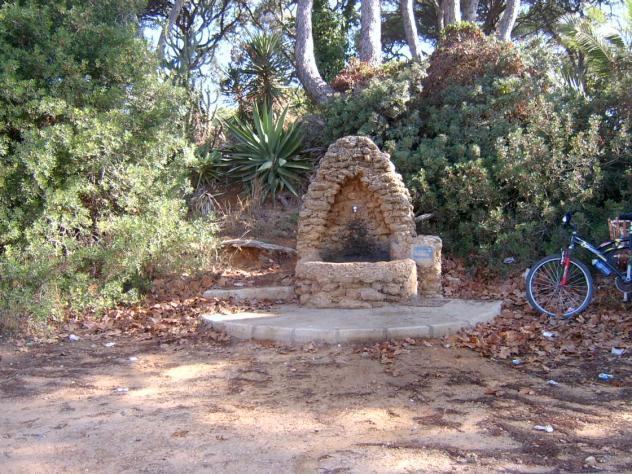Puerto Real, Andaluzia, Spain
Suggest Place to Visit
5759
Track to location with GPS |
 |
Prehistory and Ancient Age
Although the history of Puerto Real would begin with the foundation by the Catholic Monarchs, there are previous archaeological remains. The oldest, that of El Retamar, dates from the Neolithic. The sites of Roman times abound in the municipal area, when the area was an important center of pottery production. Kilns have been found in various areas of the city (El Gallinero, Puente Melchor, Olivar de los Valencianos, etc.) and even remains of a Roman villa with a huge Bacchus mosaic in the aforementioned Puente Melchor enclave. The amphoras produced in the current territory of Puerto Real were used to transport wine and salted fish to other parts of the Roman Empire; In Rome, on Monte Testaccio, remains of amphoras produced in Puerto Real have been found. Some authors place the Roman enclave of Portus Gaditanus in the current term of Puerto Real, whose exact location is still the subject of debate even today. There are testimonies of the existence of human settlement continued since Antiquity in the current municipal term. Some of the examples of current disseminated settlement (El Marquesado, Barrio de Jarana ...) could very well be heirs of old medieval farmhouses, in the case of the Barrio de Jarana, whose continuity from the Roman Sacrana to the current Jarana seems assured through from the medieval Xarrana from the Islamic period.
Foundation and Modern Age
The population as such was founded on June 18, 1483 by Carta Puebla de los Reyes Católicos, when they were in Córdoba preparing their advance towards Granada. His intention was to provide the Crown with a seaport in the Gulf of Cádiz, since all the ports in the region were under noble control. The new town came under the jurisdiction of Jerez de la Frontera, where it would establish its fleet of ships. The displacement of 200 inhabitants was authorized to inhabit the place, they were provided with farmland and lots to build on. A year later the City Council was constituted. And a few years later it would be given its own identity by detaching itself from the territory of Jerez. On October 8, 1488, the Catholic Monarchs decided to re-subordinate the Puerto Real City Council to that of Xerez after the latter's participation in the reconquests of Ronda (1485) and Malaga (1487). After this favor, they also participated in the Granada in 1492. The Puerto Real city council will obtain its independence from the hands of Carlos I in the year 1543, not satisfied with this decision Jerez will continue to litigate until Felipe II links the population to the monarchy in the year 1572.
The town will grow with the intention of becoming a commercial port and will be greatly influenced by the vicissitudes of its neighboring municipalities, especially Cádiz, which will become the most important port in Spain thanks to trade with America.
19th and 20th centuries
Among the times of decadence and splendor, it is worth highlighting the destruction of a large part of the town by the French during the War of Independence, the successive epidemics and the invasion of the Hundred Thousand Sons of San Luis. About the latter, it is worth telling two curious facts:
The first is found on an abandoned island of Puerto Real, a tidal refuge called Trocadero, which gives its name to a square in Paris, precisely because it was the place of victory for the One Hundred Thousand Sons of Saint Louis in their combat against the Constitutionalists at the Battle of Trocadero. Today the remains of the castle of San Luis remain, located just south of the Carranza Bridge.
The second curious fact is the creation of the Canal de Cortadura. This channel is not natural, it was made by the Spanish to prevent the invading French artillery from bombing Cádiz.
In 1856 the Jerez-Trocadero railway line was inaugurated with the aim of transporting the wines to the Trocadero dock and transporting them to all of Europe, mainly to England. It was the first railway line in Andalusia.
At the end of the 19th century, Puerto Real experienced an industrial flourishing thanks to the creation of the sand dam by Antonio López y López in 1872, which would be the origin of the current shipyards. New technological advances and new industries modified the appearance of Puerto Real. In the middle of the 20th century, the civil war would stop this progress, causing much damage to the town, such as the burning of the priory church and the loss of many lives. The postwar period continued to rage for many years until the industry recovered again.
In the middle of the 20th century, a workers' town near the shipyards, Matagorda, will disappear, the industry absorbing all its land. After the end of the military dictatorship, Puerto Real will once again have a democratic city council, which was one of the first to demand the autonomy of Andalusia. The successive crises in the naval sector since the eighties and the most recent crisis in the automobile industry put the future of employment in the town at risk, which is waiting for a new revitalization of the industry.
The town of Puerto Real is a Spanish municipality located in the province of Cádiz, in the autonomous community of Andalusia. It is also part of the Bahía de Cádiz Association of Municipalities.
Surrounded by pine forests and marshes, Puerto Real has become the green lung of the Bay. The population depends to a large extent on industry, especially naval and aeronautical, and on agriculture and fishing. Its historic center is declared a Historic-Artistic Site and has the peculiar hypodamic layout that the Catholic Monarchs, its founders, imprinted on the new cities born in the Renaissance. It is the seat of several faculties of the University of Cádiz and is connected by train and highway.
In 2009 it had 40,183 inhabitants. The extension of its municipal term is 197 km² and has a density of 202.33 inhabitants / km². Its geographical coordinates are 36º 31´ N, 6º 11´ W. It is located at an altitude of 8 meters and 12 kilometers from the capital of the province, Cádiz.
The municipal term limits with those of San Fernando to the southwest (SW), Jerez de la Frontera to the north (N), Chiclana de la Frontera to the south (S), Medina Sidonia to the southeast (SE) and El Puerto de Santa María to the northwest (NO).
A good part of this municipal area is part of the Bahía de Cádiz Natural Park, which is characterized by its marshes. The marshes of Puerto Real are periodically flooded by the tides and are home to migratory birds and riverbank species. It also has a significant amount of estuaries that are used as a traditional fish farming technique; Likewise, it has stone pine forests worth mentioning, such as Las Canteras, La Algaida or Dehesa de las Yeguas, because of this Puerto Real is often called, the green lung of the Bay. The interior of the municipal area is covered by ravines and trails that cross the municipality, among them the Dos Bahías green corridor stands out, which connects the two bays of the province of Cádiz, the Bay of Cádiz and the Bay of Algeciras.
Among the hydrological elements, the San Pedro River, the marsh estuaries and channels and the interior lagoons that are protected as the Puerto Real Endorheic Complex stand out.
The municipal term is made up of the main nucleus located in the southwest and other dependent nuclei such as the Barrio de Jarana, El Marquesado, the Meadero de la Reina and the Río San Pedro neighborhood, the latter being the most inhabited.
Without detracting from the other celebrations, the Fair can be considered the most important festival in Puerto Real, thanks to the great local acceptance. It has been held uninterruptedly since 1843, the year that held its first edition under the name of the Cattle Fair. This early celebration makes it one of the oldest fairs in Spain, even more so than towns like Seville (1847) or Córdoba. The fair is organized around the enclosure of ´´Las Canteras´´, this allows you to enjoy the shelter of the pines of the nearby park, the true green lung of the bay. Since its inception, the beginning of the fair coincides with the first Sunday in June, this makes it move away from the spring rains of April-May, as well as the high temperatures of later in the summer.
Other notable festivals are:
On February 11, the celebration of the day of the Patroness of the Villa: the Virgin of Lourdes.
The Carnival of Puerto Real is circumscribed in the area of coastal carnivals, which is why its predominant note is the joy and musicality of its expressions. As in Cádiz and other carnivals in the Bay of Cadiz, the carnival groups stand out in our party, making these festivities an act of free and carefree expression, compiling in a humorous and critical key the most important events of the past year. It is celebrated the first weekend of Lent, with fun costumes and dances in the historic center of the town. On Piñata Sunday (first Sunday of Lent) the traditional Cabalgata del Humor runs through the streets of Puerto Real.
First exit of the Christ of Love
The celebration of Holy Week stands out, with the departure of the 6 different Brotherhoods and Brotherhoods. Especially outstanding is the procession on Good Friday afternoon; the one of the Santo Entierro de Ntro. Lord and the beautiful image of Our Lady of Soledad, the only painful documented work of Luisa Roldán ´´La Roldana´´. Since 2006, this Brotherhood has had the march ´´Soledad de Puerto Real´´, composed by Abel Moreno. Since 2007, on Passion Saturday (the eve of Palm Sunday), the image of the Stmo. Cristo del Amor, the work of Fernando Aguado Hernández, from the Parish of San Pedro Apóstol.
The celebration of the May Crosses in Puerto Real fills the month of flowers par excellence with color, and ensures that the patios and premises of entities are adorned with the baroque style of those crosses that, full of flowers, are accompanied by the first flamenco chords that serve as a prelude to our Fair.
On the eve of San Juan, the traditional ´´Juanillos´´ installed in different parts of the town are burned.
On July 16 highlights the procession of Our Lady of Carmen through the streets from the Priory Church of San Sebastián.
The Christmas festivities are celebrated in Puerto Real in a traditional way, with colorful decorations on the main streets and great animation in its streets. On January 5, the arrival of the Three Wise Men from the East takes place, who make their entry into the Villa in a helicopter that lands on the Sancho Dávila football field, so once their Majesties are on land, start the Parade, distributing candies and illusions among the boys and girls of Puerto Real.
Comments
We don´t have yet any comments about:
port Royal
port Royal
Be the first to leave a comment as it is very important to inform other people
Outros locais a visitar
Within a radius of 20 km from:port Royal
Igreja do Priorado de San Sebastián (Puerto Real) |
| 1,8 Km |
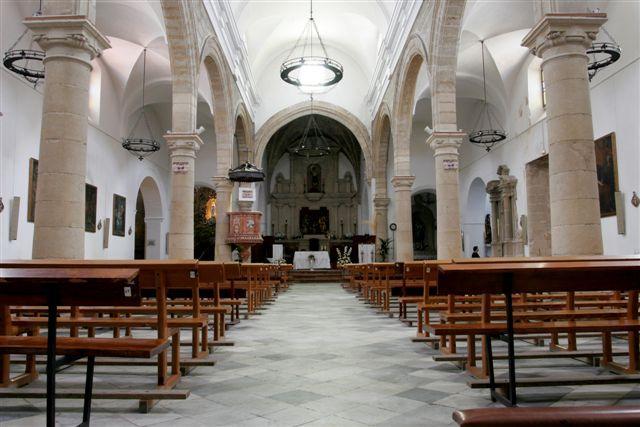 |
Ilha Trocadero (Puerto Real) |
| 3,7 Km |
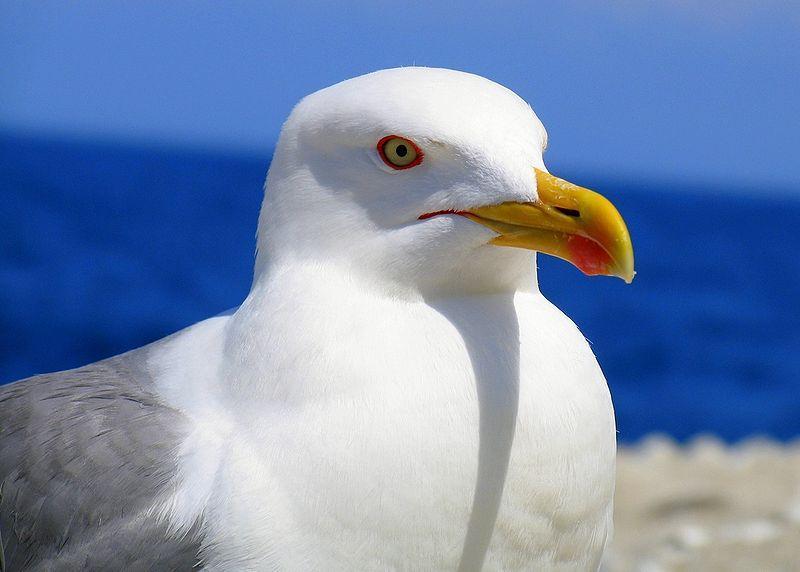 |
Río San Pedro (españa) |
| 4,5 Km |
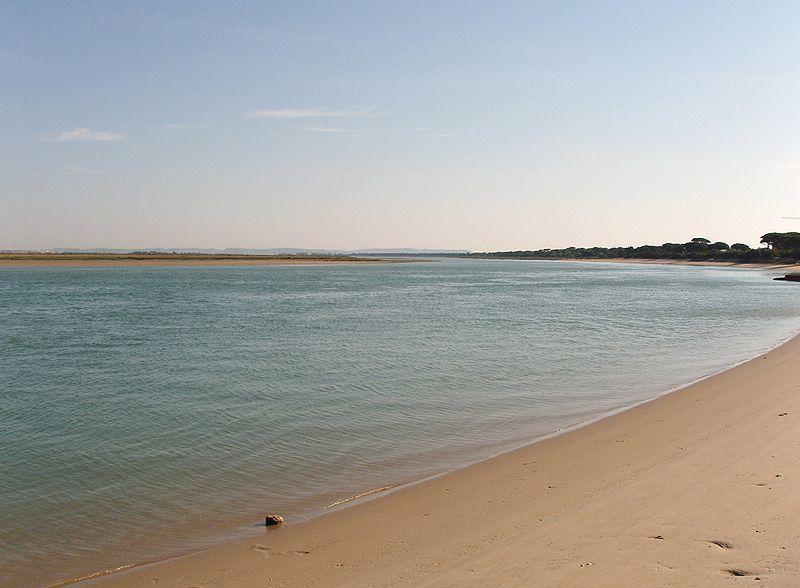 |
Museu El Dique (Puerto Real) |
| 5,9 Km |
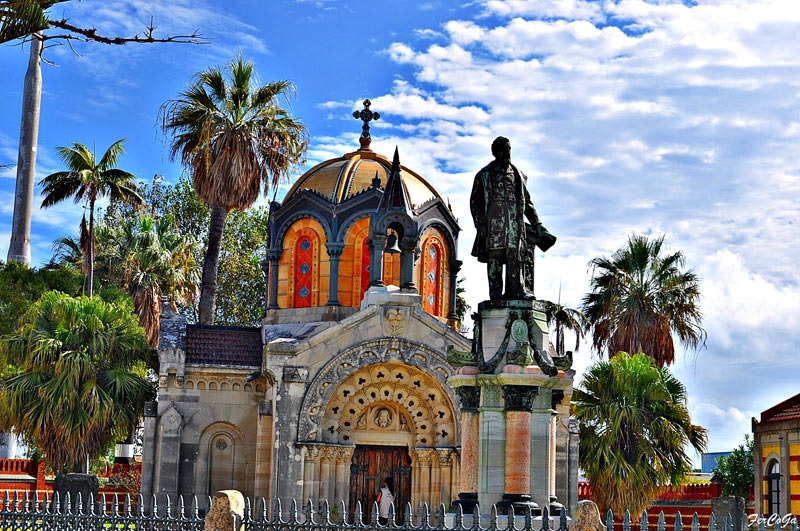 |
Pilares de Cádiz (Puerto Real) |
| 7,2 Km |
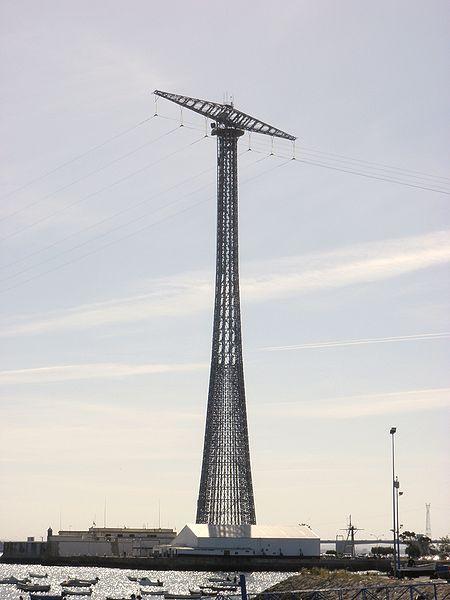 |
Forte ou Castelo de San Lorenzo de Puntales (Cádiz) |
| 8,5 Km |
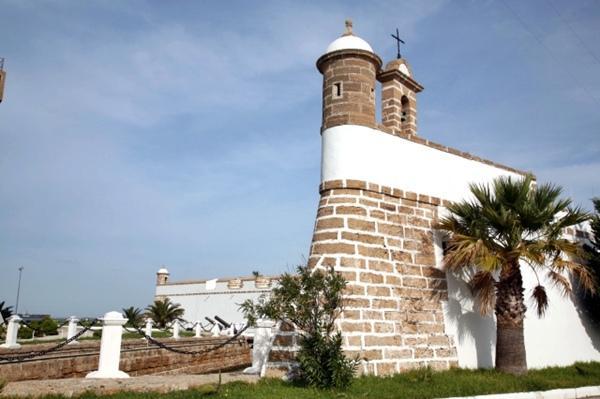 |
Parroquia de Nuestra Señora del Carmen y San Marcos |
| 8,9 Km |
 |
Castelo de San Marcos |
| 9,1 Km |
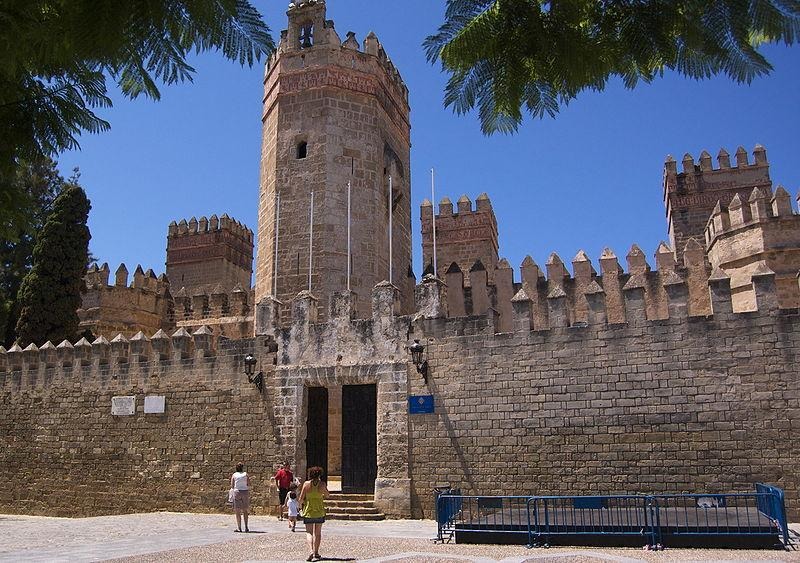 |
Porto de Santa Maria (Cádiz) |
| 9,2 Km |
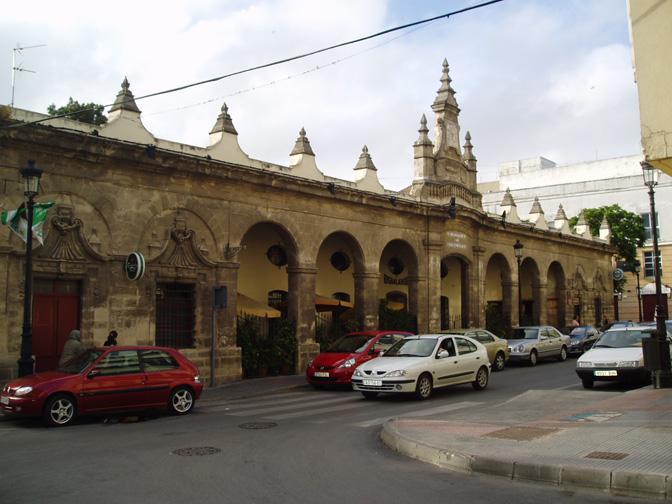 |
Museo Arqueológico Municipal de El Puerto de Santa María |
| 9,4 Km |
 |
Igreja do Priorado (El Puerto de Santa María) |
| 9,4 Km |
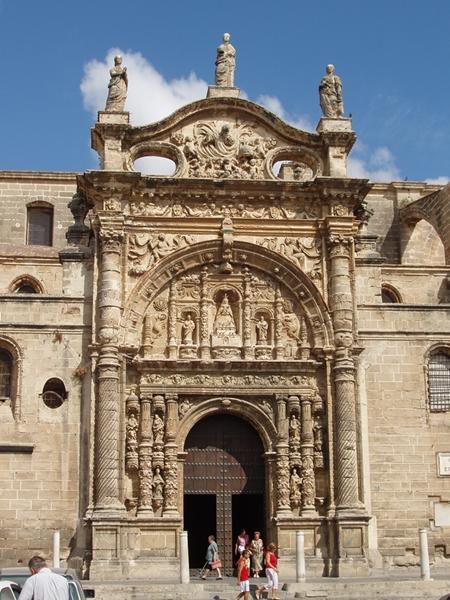 |
Parroquia de San Joaquín |
| 9,5 Km |
 |
Mosteiro da Vitória |
| 9,5 Km |
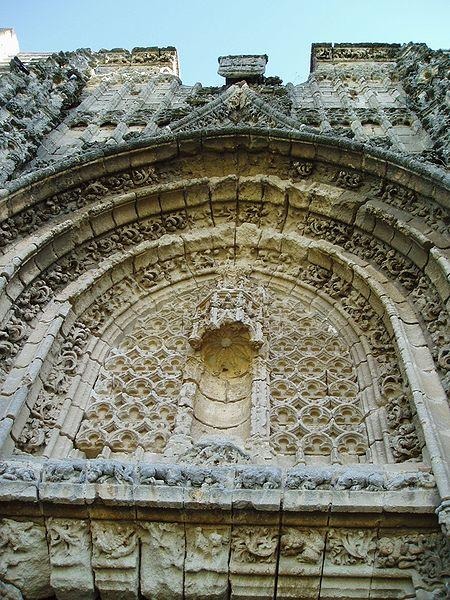 |
Priory Church |
| 9,5 Km |
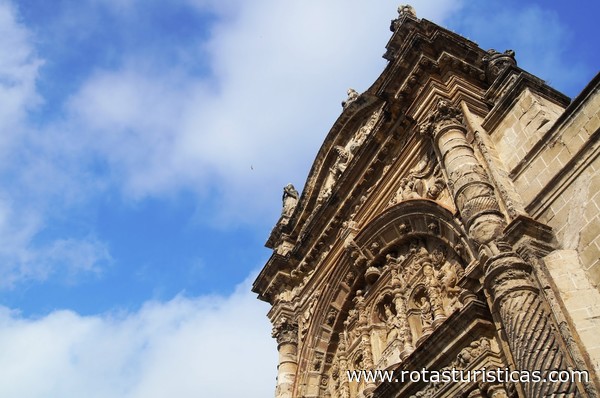 |
Parroquia de San Francisco |
| 9,6 Km |
 |
Praia da Cortadura (Cádiz) |
| 9,9 Km |
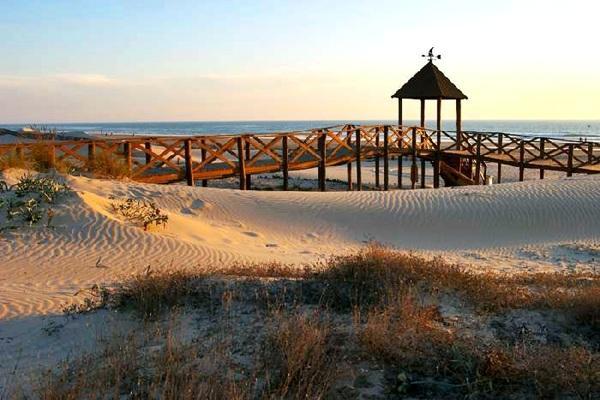 |
Forte de La Cortadura (Cádiz) |
| 9,9 Km |
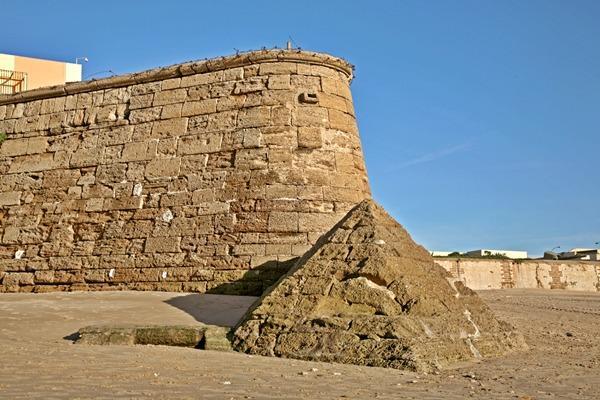 |
Igreja de San José |
| 10,0 Km |
 |
Praia da Victoria (Cádiz) |
| 10,1 Km |
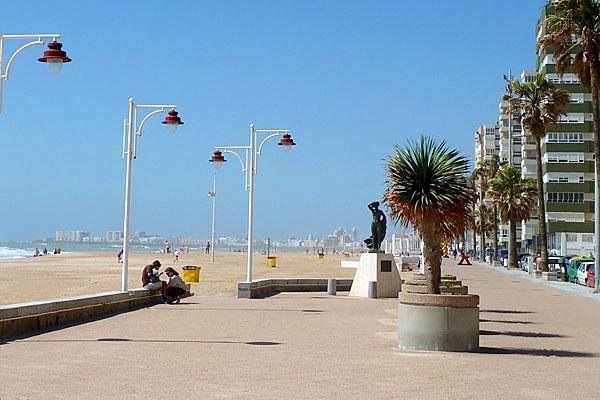 |
Bengala Sancti Petri |
| 10,1 Km |
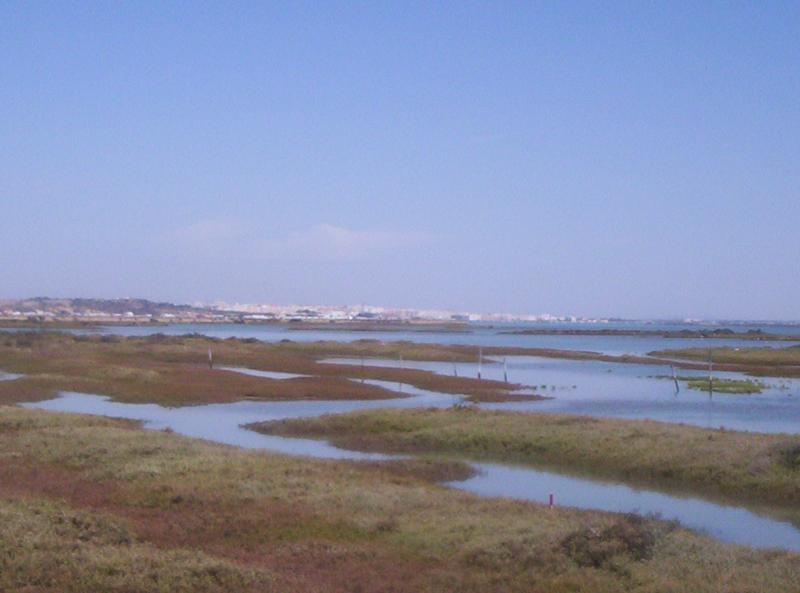 |
Praia El Chato (Cádiz) |
| 10,1 Km |
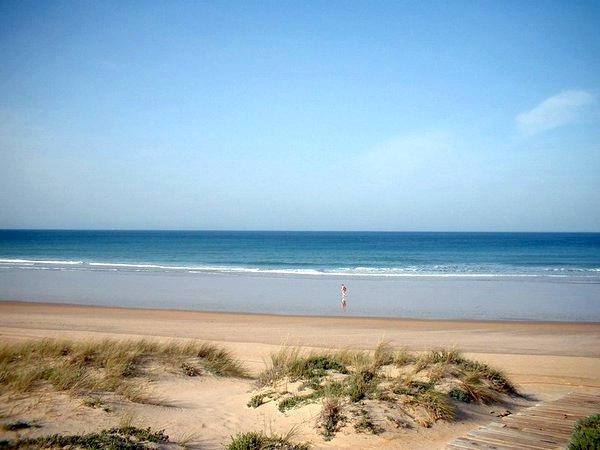 |
Museu do Instituto Hidrográfico de Cádiz |
| 10,3 Km |
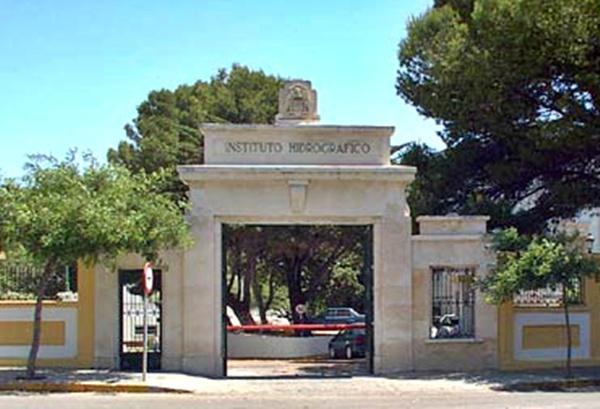 |
Castelo de Santa Catalina (Cádiz) |
| 10,3 Km |
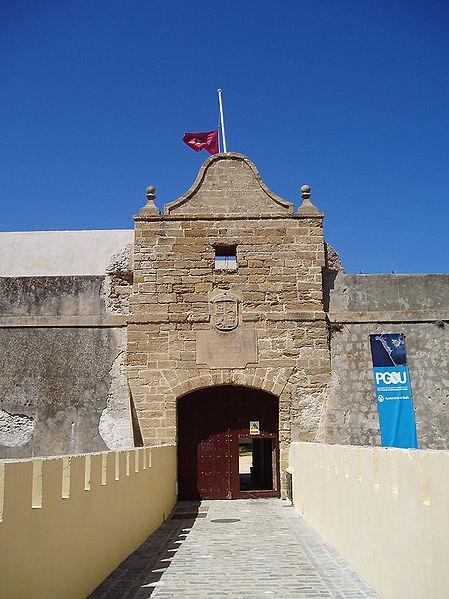 |
Praia de Santa Maria do Mar (Cádiz) |
| 10,5 Km |
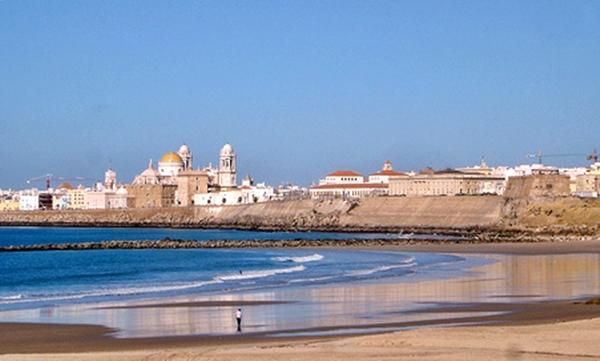 |
Puerta de Tierra |
| 10,5 Km |
 |
Praia de Torregorda (Cádiz) |
| 10,7 Km |
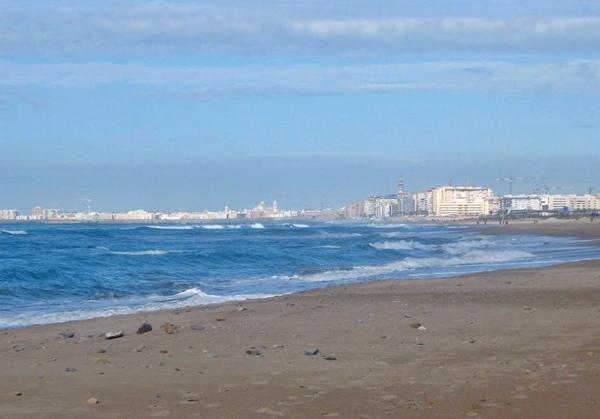 |
Cárcel Real (cádiz) |
| 10,9 Km |
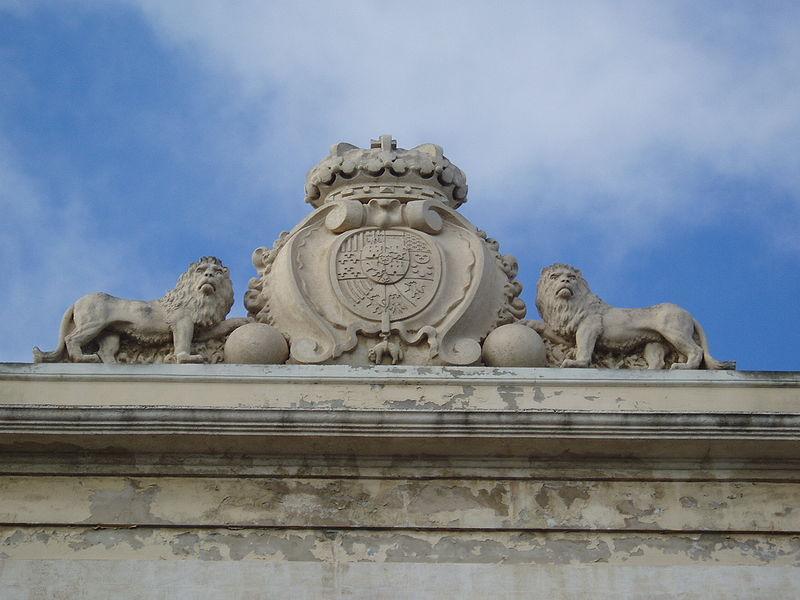 |
Cadiz |
| 10,9 Km |
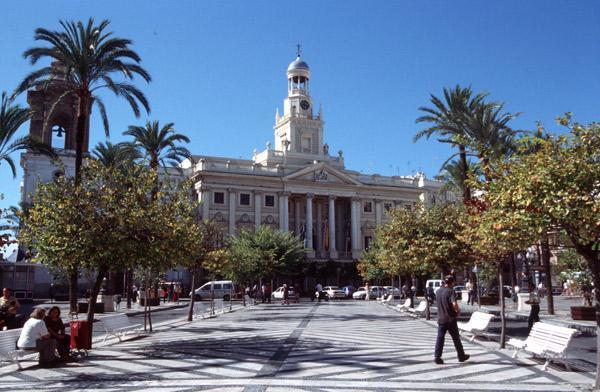 |
Arco los Blanco (Cádiz) |
| 11,0 Km |
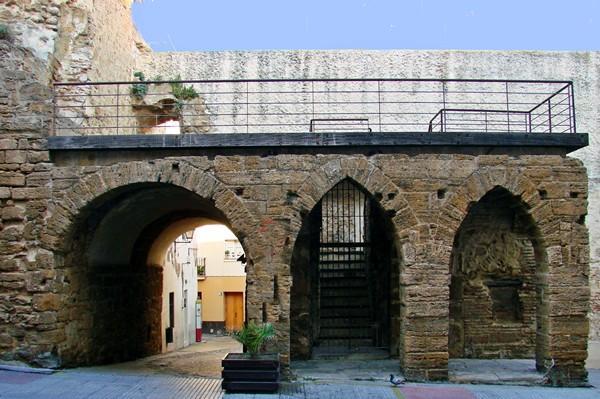 |
Câmara Municipal de Cádiz |
| 11,0 Km |
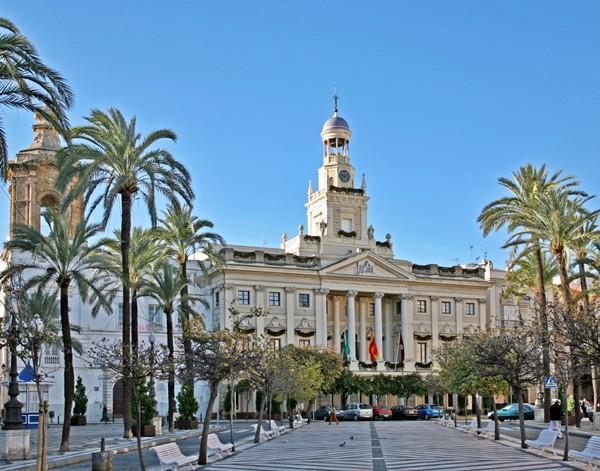 |
Palacio de la Aduana (cádiz) |
| 11,0 Km |
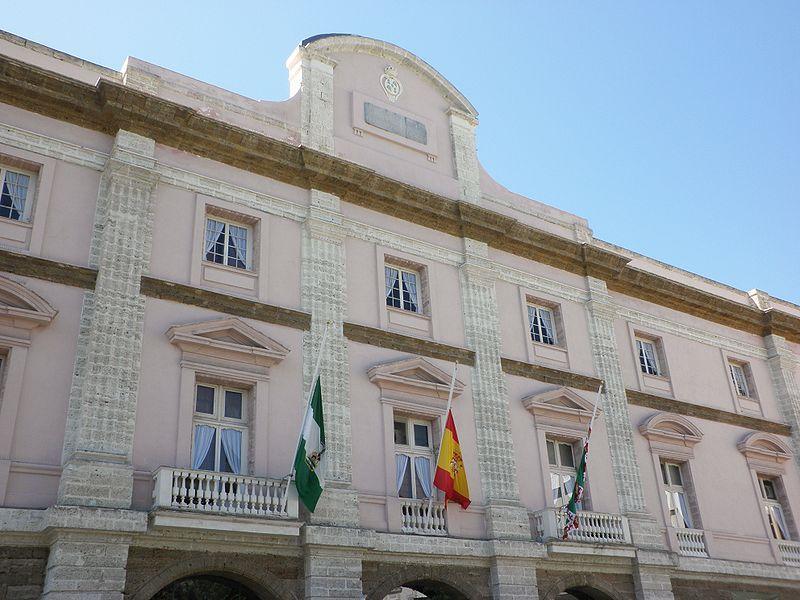 |
Monumento a la Constitución de 1812 |
| 11,0 Km |
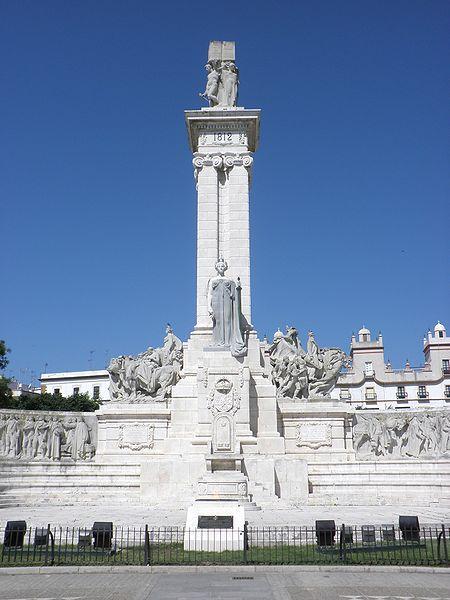 |
Capela Real de Nossa Senhora do Pópulo (Cádiz) |
| 11,1 Km |
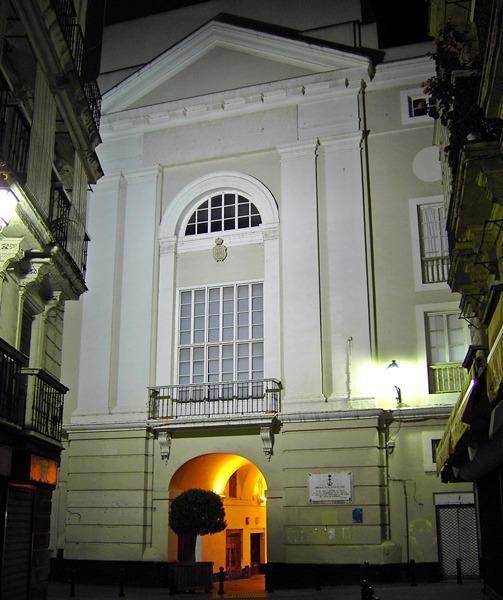 |
Teatro Romano de Cádiz |
| 11,1 Km |
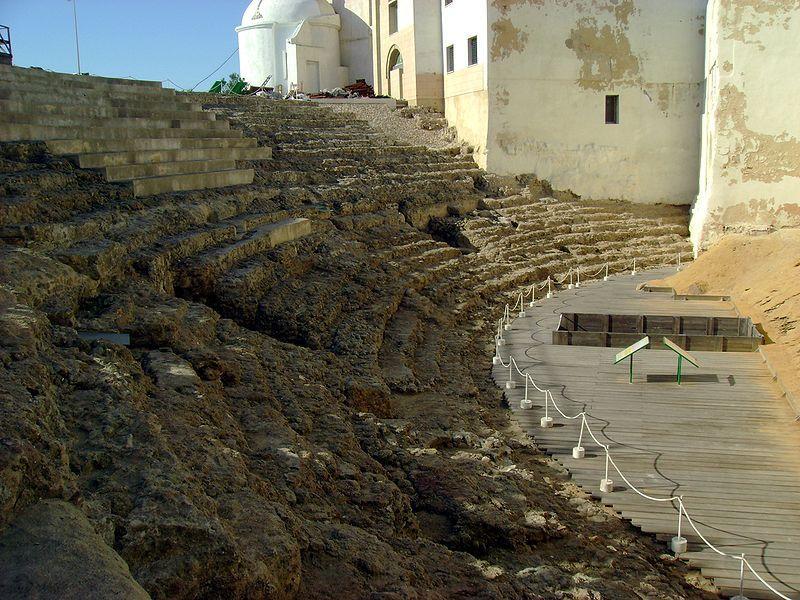 |
Arquivos do Museu e da Catedral (Cádiz) |
| 11,1 Km |
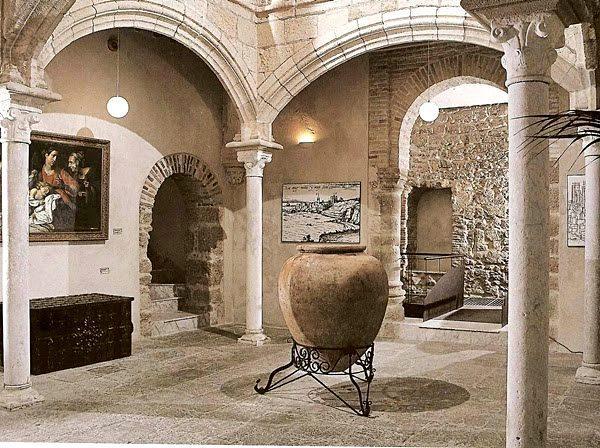 |
Museu de Vinhos e Touros de Cádiz |
| 11,1 Km |
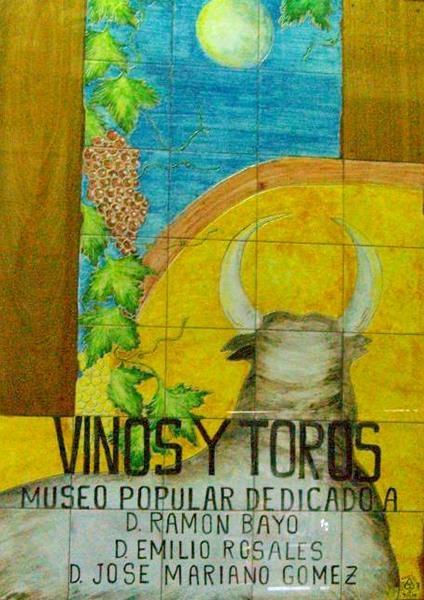 |
Igreja de Santa Cruz (Cádiz) |
| 11,1 Km |
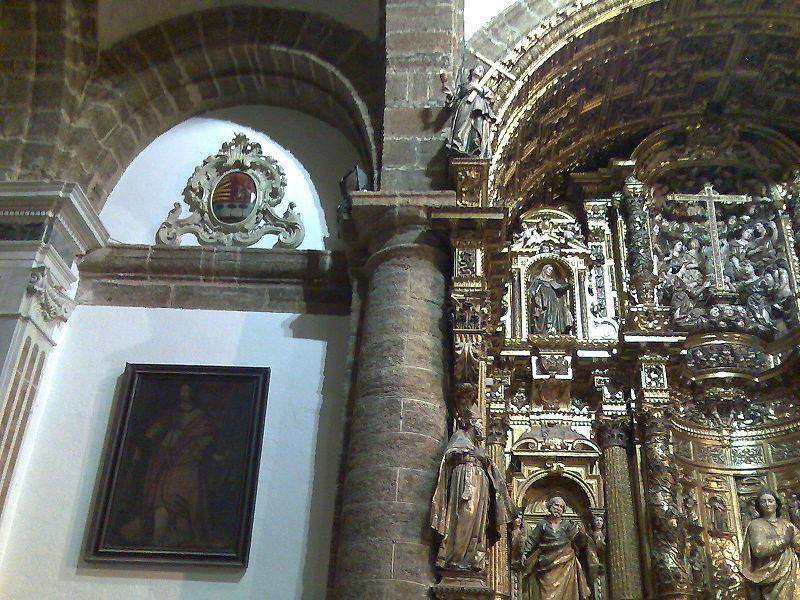 |
Sítio Arqueológico Casa del Obispo (Cádiz) |
| 11,1 Km |
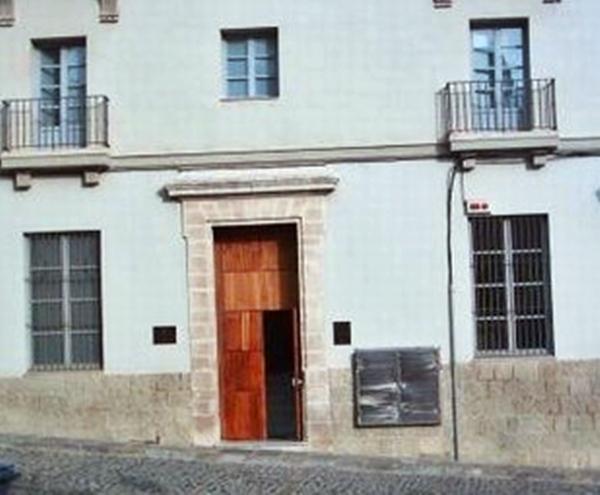 |
Arco de la Rosa |
| 11,1 Km |
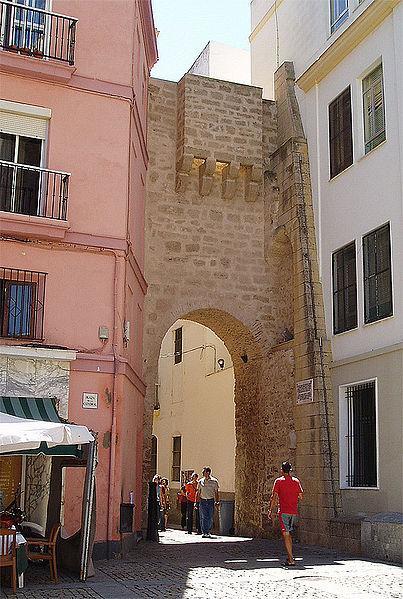 |
Catedral de Santa Cruz de Cádiz |
| 11,2 Km |
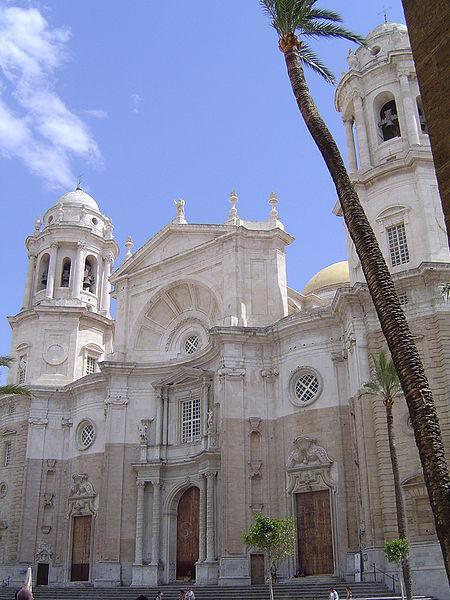 |
Oratório da Caverna Sagrada (Cádiz) |
| 11,2 Km |
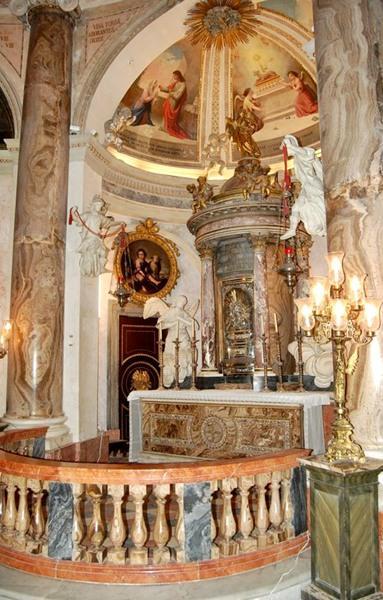 |
Igreja da Conversão de São Paulo (Cádiz) |
| 11,4 Km |
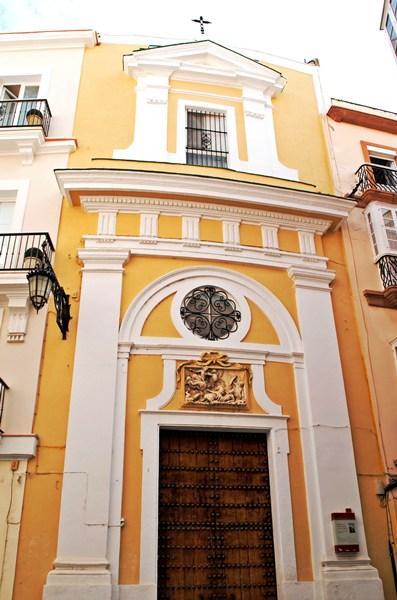 |
Museu de Cádis |
| 11,4 Km |
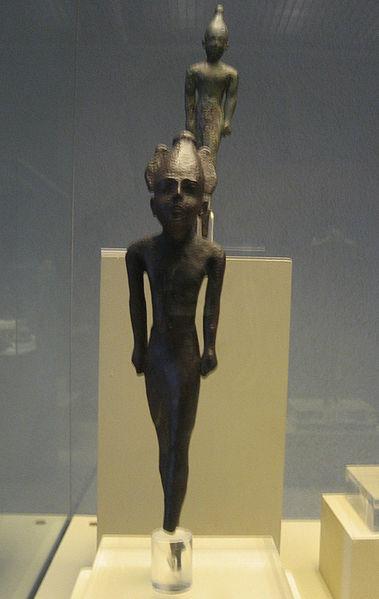 |
Câmara Escura - Torre de Tavira (Cádiz) |
| 11,5 Km |
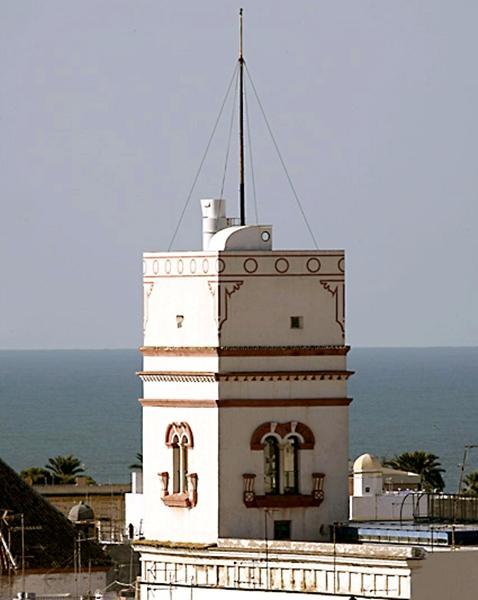 |
Hospital Nossa Senhora do Carmen |
| 11,6 Km |
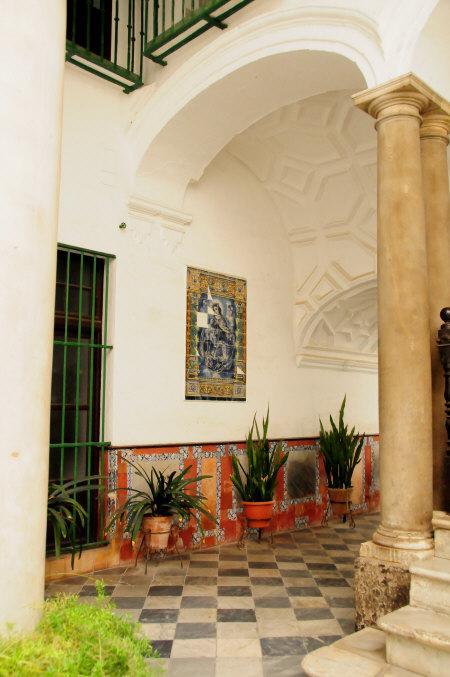 |
Museu das Cortes de Cádiz |
| 11,6 Km |
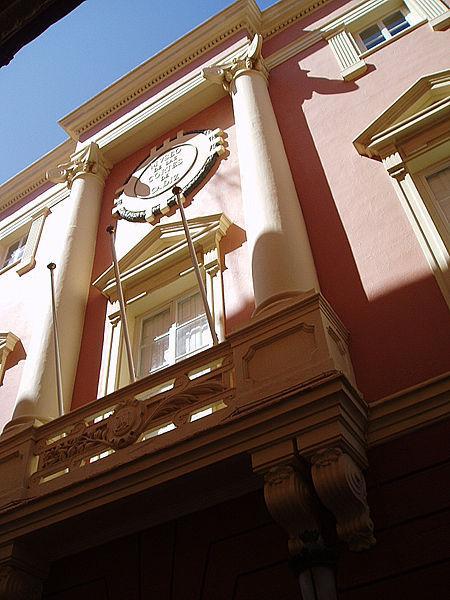 |
Baluarte de la Candelaria (Cádiz) |
| 11,6 Km |
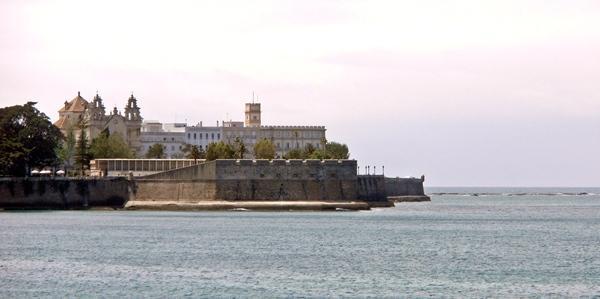 |
Igreja e Oratório de São Felipe Neri (Cádiz) |
| 11,6 Km |
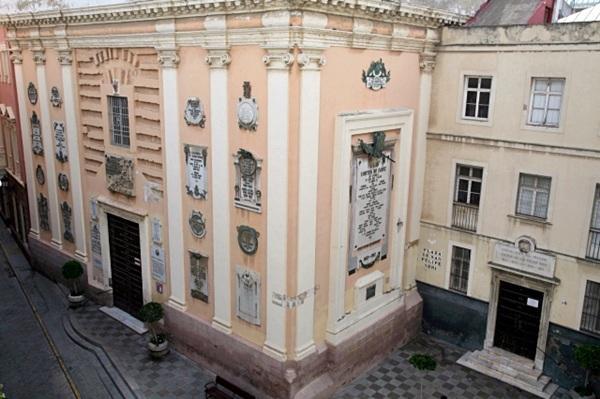 |
Igreja de Nossa Senhora de Carmo (Cádiz) |
| 11,6 Km |
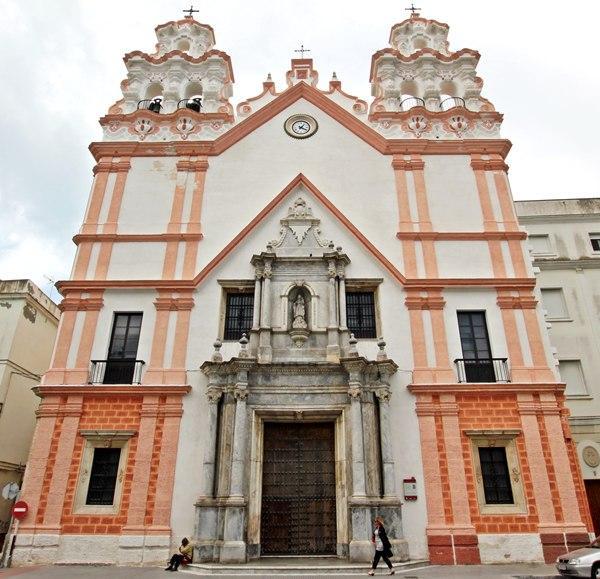 |
Centro Cultural Municipal Rainha Sofia (Cádiz) |
| 11,8 Km |
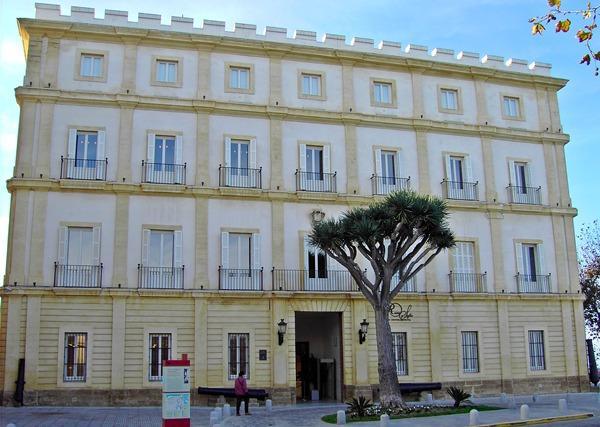 |
Gran Teatro Falla |
| 11,9 Km |
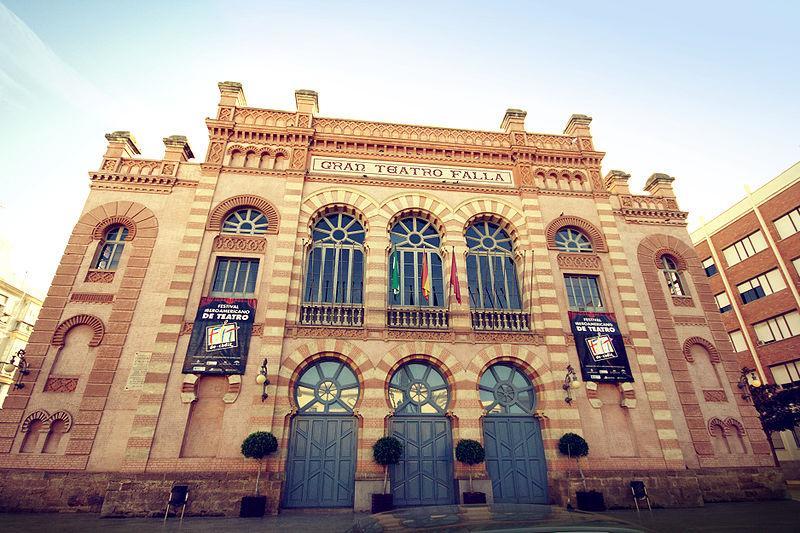 |
Universidade de Cádiz |
| 12,0 Km |
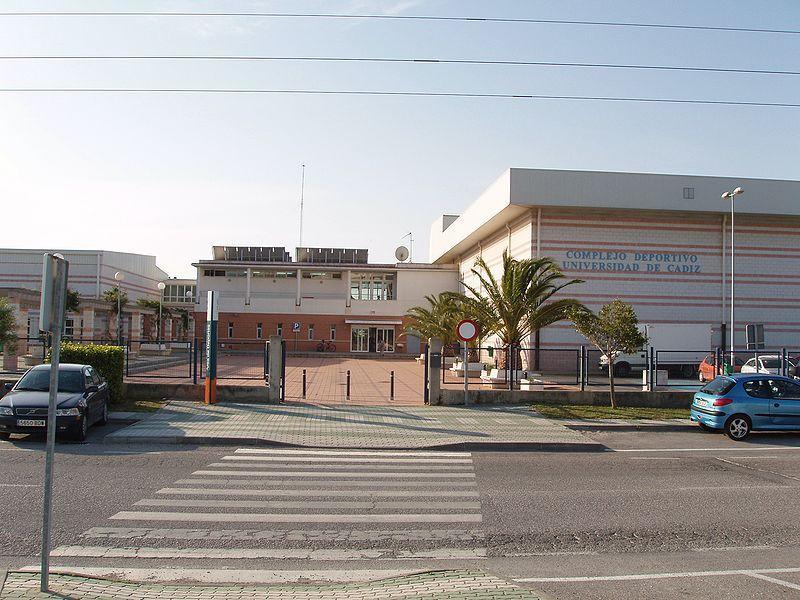 |
Balneário de Nossa Senhora da Palma e do Real (Cádiz) |
| 12,1 Km |
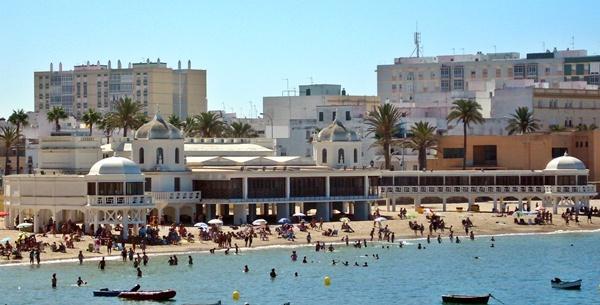 |
Praia da Caleta (Cádiz) |
| 12,1 Km |
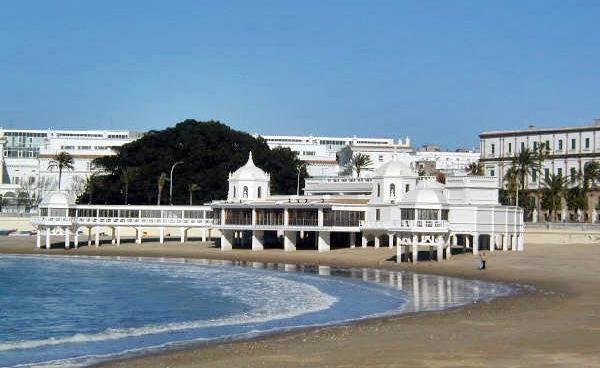 |
Castelo de San Sebastián (Cádiz) |
| 13,0 Km |
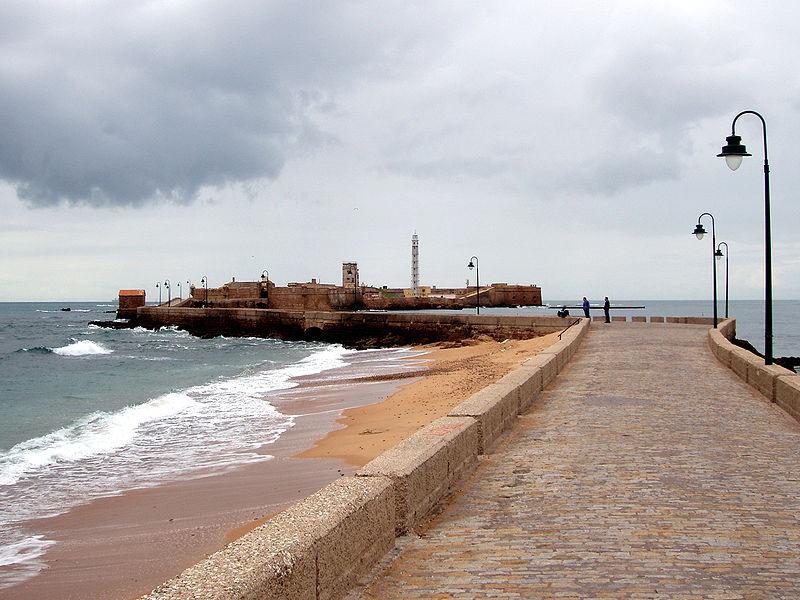 |
Hotel reservation near port Royal within a radius of 20 km
Why to book with ROTAS TURISTICAS
The best prices
Our partnerships with the world´s largest operators offer research on the best market prices.
More options
At Rotas Turisticos you can book the hotel, buy the air ticket, book the transfer from the airport to the hotel and vice versa, book the local excursions, rent the car, take travel insurance and consult the places to visit and where to go.
Holiday Tips & Destinations
Hundreds of holiday destinations with all the options that allow you to easily choose the destination that best suits your dream vacation.
ROTAS TURISTICAS
Links


